|
Before the start of the new school year, I will be holding a special class for moms whose children are starting youchien this April. If you are new to making obento boxes and have no clue where to start, please join in. This session is not only about cooking, but also the important factors that you need to keep in mind when making obento for small children (from my personal experience)
Date & Time : March 23rd. (Fri.) : 10:30 - 12:30 Class fee : 2500 yen Min class size 2, Max class size 6. Topics:
0 Comments
Last week I took a course to study the various gelling agents that are used for wagashi. Each one is different in many ways so we have to choose the one that is just right for the wagashi we are making.
The main gelling agent in wagashi is Kanten (a type of agar made from Tengusa, a type of red algae). In class we learned differences in the various forms of Kanten. The main difference between Kanten and Gelatin besides the fact that one is plant derived and the other is from animals is that Kanten solidifies at room temperature and only melts at around 70C . So when you eat it, it doesn't melt in your mouth like gelatin, so you may feel the texture is much firmer. One of the most popular sweets made from Kanten is anmitsu, a dessert made with cubes of Kanten served with red beans or fruit. We made the anmitsu using Kanten powder, Ito-Kanten (string-type agar) and Agar, which is much softer and impossible to make a cube. Another sweet we made was Kingyokukan which is a popular summer wagashi made with Kanten and sugar. I hope to introduce some summer wagashi using kanten this year. This week started with a visit from the writer and photographer from the Time Out magazine. They are featuring the Kawaii (Cute) culture in Tokyo. My wagashi class will appear in their article along with the other Kawaii things that you can do in Tokyo. The article will be featured in the April issue, available to download online as well.
Time Out Tokyo website In addition to the one day wagashi course, I'm pleased to announced that I will be starting the wagashi diploma course in April, There will be two courses that you can choose from:
Nerikiri Art ® Certified Instructor Course This course created by the Japan Saloneze Association (JSA) to promote the art of nerikiri wagashi in Japan and overseas. It focuses on teaching you the various designs of the nerikiri art. Once you are certified, you are allowed to use the same textbook to hold a course yourself. Every time you conduct this course, you will be paying a certain amount of commission to JSA. You will also need to purchase textbooks and materials (including nerikiri dough) from JSA which may be difficult in some countries due to custom regulations. Please check before you take the class. Details of this course can be found here. Nerikiri Basic Course This course is held by myself, and is mainly held for people who would like to learn the nerikiri art from the basics. This 3 day course will teach you how to make your own bean paste, make your own nerikiri dough and learn the popular seasonal motifs (3 for each season). A certificate of completion will be issued at the end of the course. Details of this course including the curriculum can be found here Both courses will start from April 11th after my children go back to school. Please book at least 2 weeks in advance. For further details on the Nerikiri Wagashi Diploma courses, please contact me. In addition to the Nerikiri Art Instructor Course (NACIC), I'm going to start another course called the Nerikiri Master Course (NMC).
The NACIC is a 12 hour course created by the Japan Saloneze Association (JSA) to promote the art of nerikiri wagashi in Japan and overseas. It focuses on teaching you the various designs of the nerikiri art. Once you are certified by the JSA, you are allowed to use the same textbook to hold a course yourself. In doing so, you will be paying a certain amount of commission to JSA every time you hold a class. You will also need to purchase textbooks and materials (including nerikiri dough) from JSA which may be difficult in some countries due to custom regulations. Please check before you take the class. Details of this course can be found in the Saloneze Association Website. (Please choose language to translate) The NMC is an original course designed by me for people who would like to learn the wagashi in more depth. This course will teach you how to make your own bean paste and nerikiri dough, learn the basic skills, tools, ingredients and acquire the techniques to make popular seasonal motifs. You will receive a certificate of completion upon finishing the class. This course is also made up of 6 classes which are 2.5 hours long (15 hours in total). Details of each class will be published on my website very shortly. Also, I've included a short version of the one-day wagashi course for those who don't have time to do the full course. Please see my new wagashi school page for this. And in case you haven't noticed, I've made minor changes to my homepage and added the wagashi school in it. Please let me know if you are interested in any of the courses. The new year began by attending a diploma course for nerikiri art. I managed to squeeze in 6 classes in 2 days, making 17 nerikiri wagashi. It was hard work and I still need a lot of practice to brush up my skills but now I am officially a Nerikiri Art Instructor certified by the Japan Saloneze Association.
This means that I can hold my own nerikiri art course to issue diploma for those attending my class. I hope there will be more people enjoying the art of wagashi all around the world! Details of this course will be announced very shortly Meanwhile please contact me for a one day nerikiri wagashi class. My new course, "Mochi & Wagashi Class" has proved to be quite popular this month. This course will teach you how to make strawberry daifuku mochi and Tofu warabi mochi in addition to the two types of nerikiri wagashi.
I will have another Mochi & Wagashi Class this Friday (Dec. 15th) at 10 am, so those of you interested, please contact me. Last week I was busy decluttering my boys' bedroom as I got rid of their bunkbeds and put in 2 loft beds so they can have a space of their own. The amount of toys and books and clothes that have accumulated since we moved here 9 years ago is overwhelming and I've been giving things away online. (We have a great website where you can sell or giveaway unused items).
But there is just too many! So, I've put out a Mottainai Box on my front porch. Mottainai is a Japanese term which expresses regret in wasting things. Those of you attending my class are very welcome to rummage through the box and take home whatever you can reuse. It will release me from the guiltiness of throwing away things that can still be used. I've been on my sewing machine last weekend to make Coasters made with Kimono fabric. This is meant to be a small Christmas present to my students who come to class in December. (While stocks last) I'm not so good at sewing, but you know what they say, it's the thought that counts. See you in class!
One of the most common wagashi tools the triangle stick and sarashi cloth (bleached cloth) are not easy to come by. Wooden triangle sticks usually costs around 3000 to 4000 yen, but I am a fan of the plastic sticks as they are cheaper and easier to clean.
The only problems is that there is only one online store that sells it and they are always out of stock. But the other day, I found they had stock, so I grabbed a few in case anyone wants to buy them. So if anyone is interested in buying the triangle stick, let me know in class. This triangle stick has a chrysanthemum center which comes in handy. Triangle stick only : 1700 yen Triangle stick + 2 sarashi cloth : 2000 yen One sarashi Cloth :200 yen per sheet (35cm X35 cm) Sarashi usually is sold by the roll and I had to cut and sew the ends myself. I am not a good seamstress but I don't gain any profit from these sales so appreciate your understanding! |
AuthorI'm Miyuki and I teach Japanese Home cooking at my home in Tokyo. Archives
February 2021
Categories
All
|
service |
Information |
© COPYRIGHT 2015. ALL RIGHTS RESERVED.
|

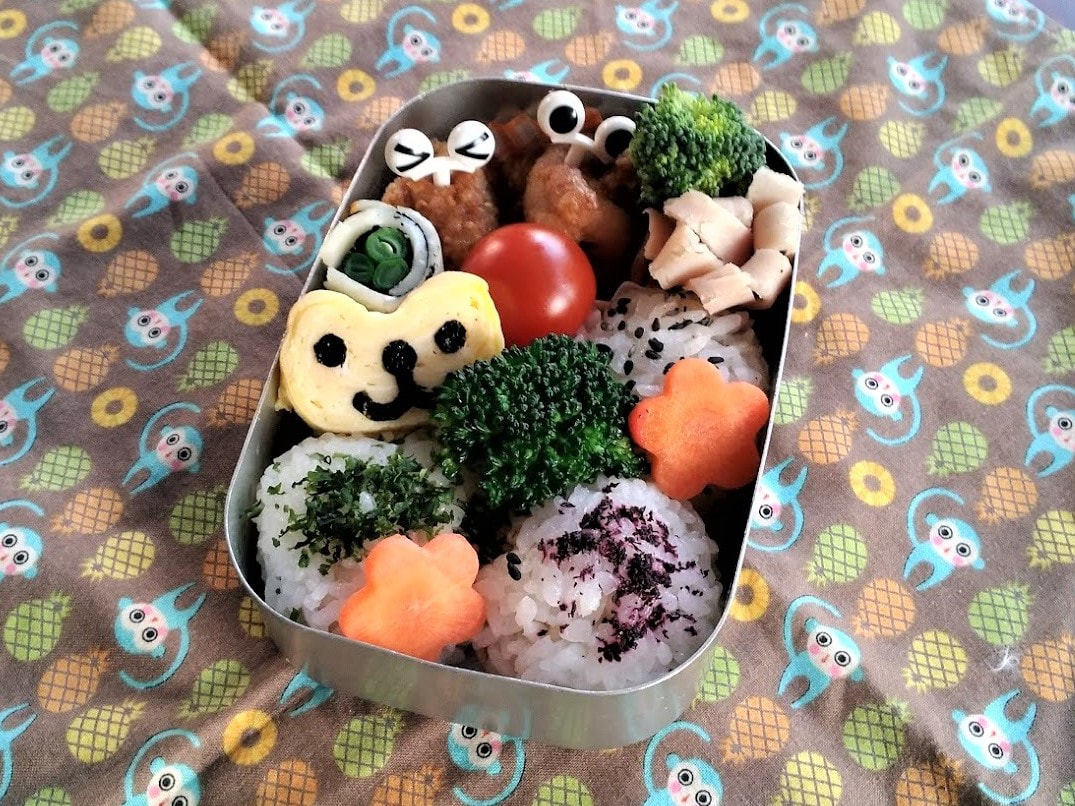
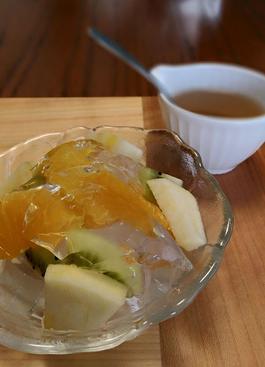
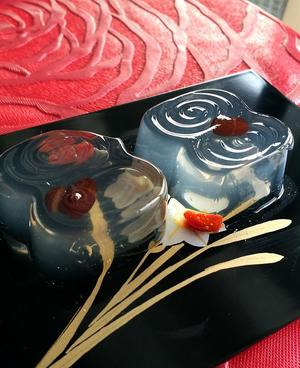
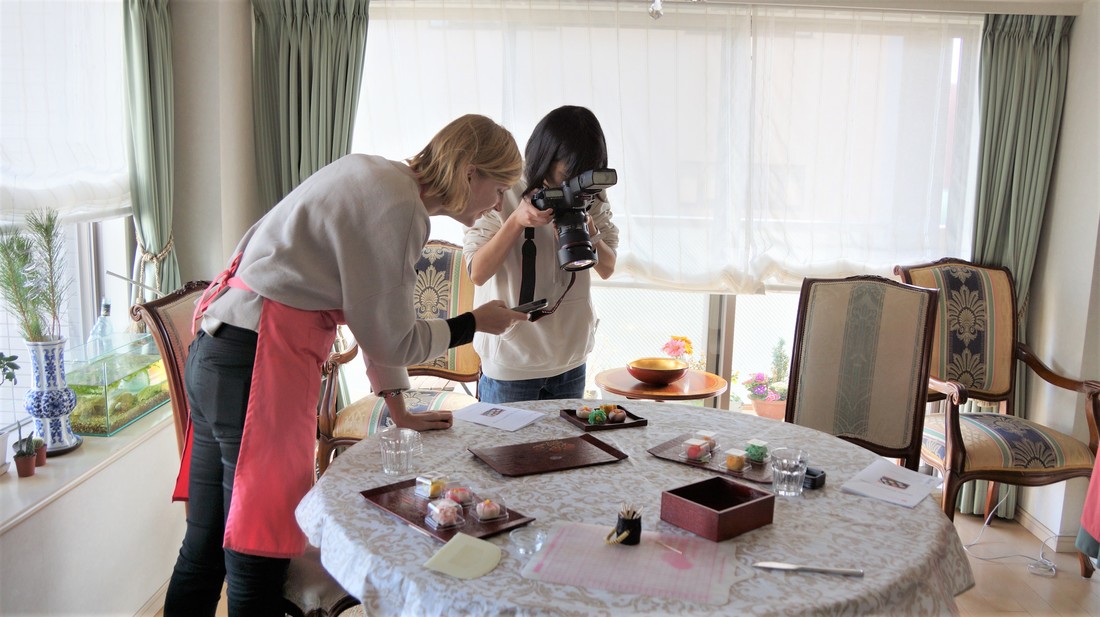
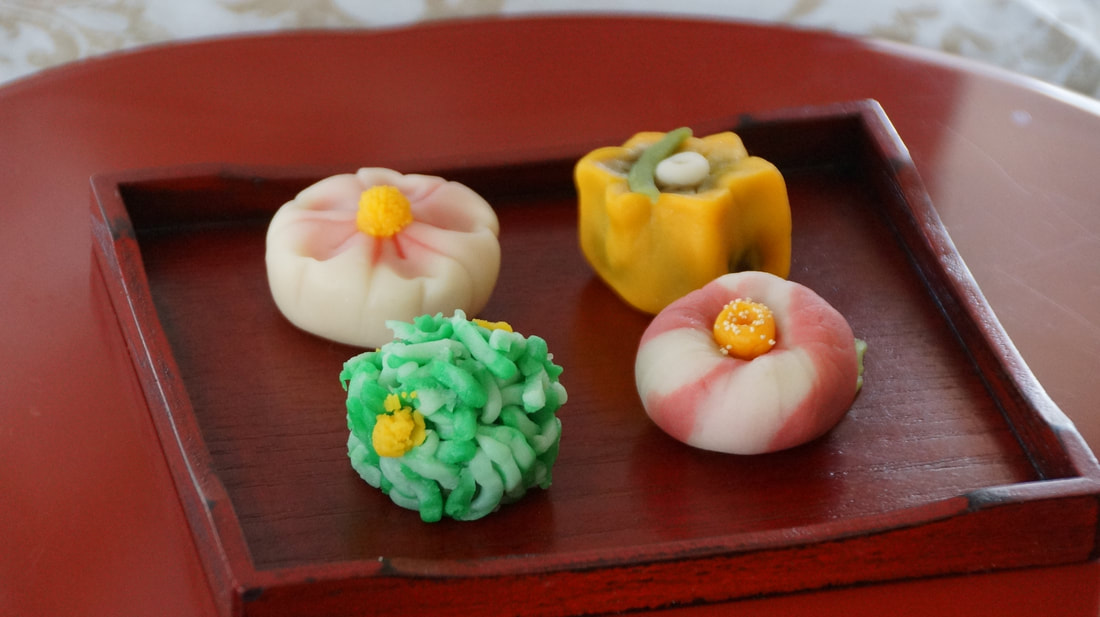
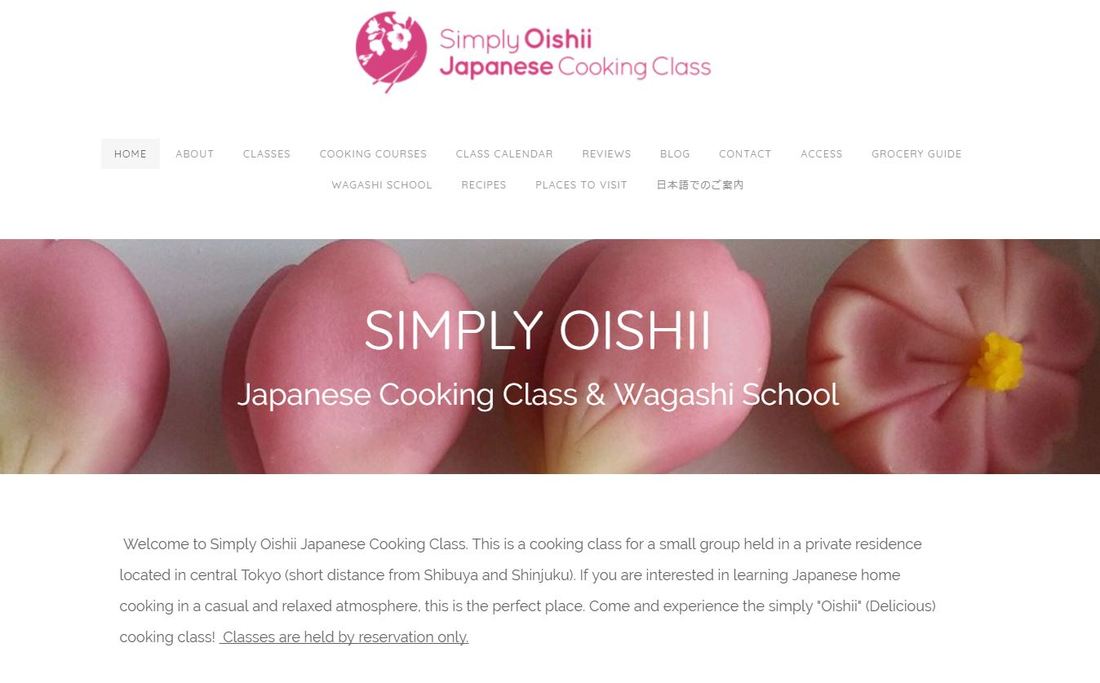

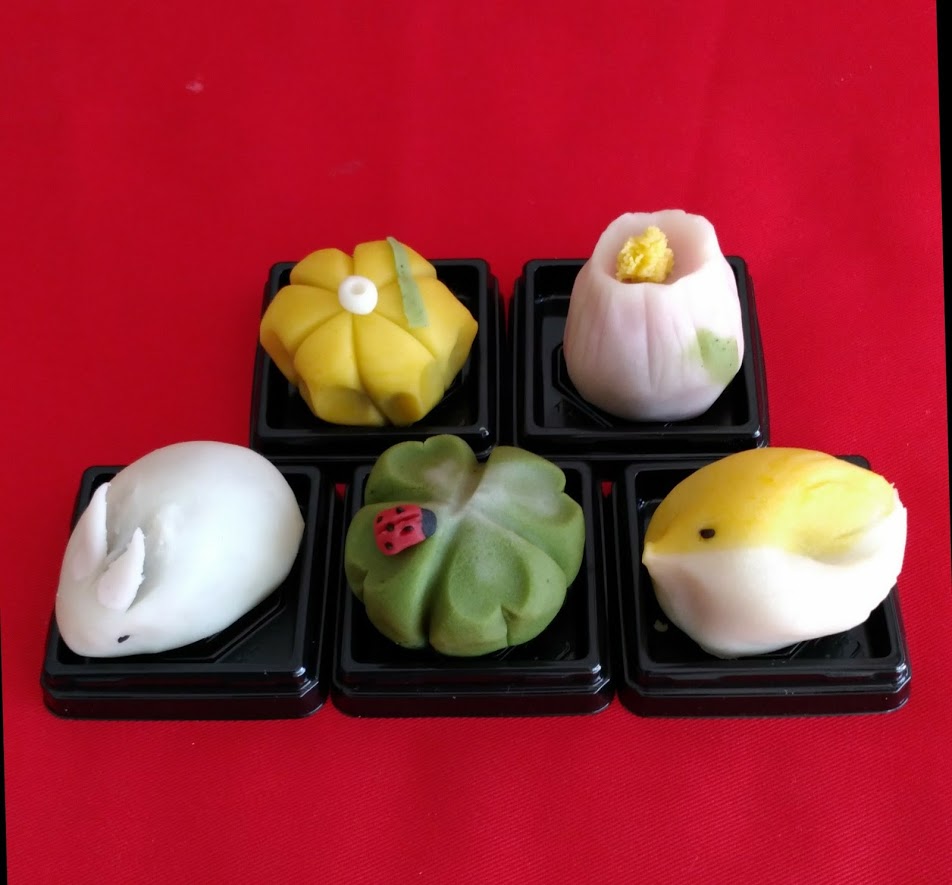
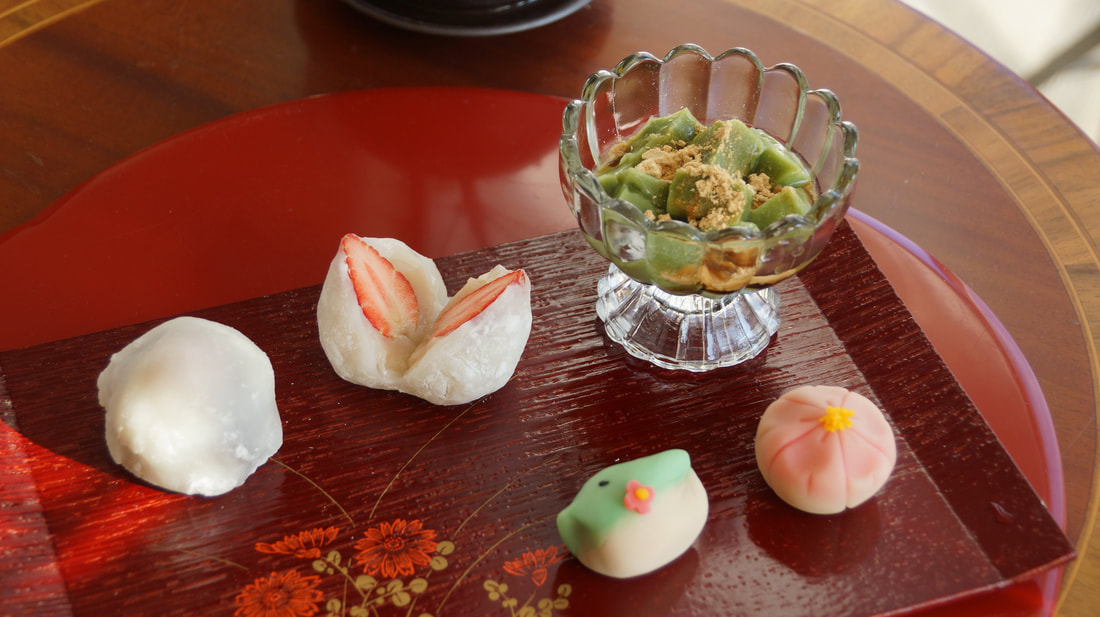
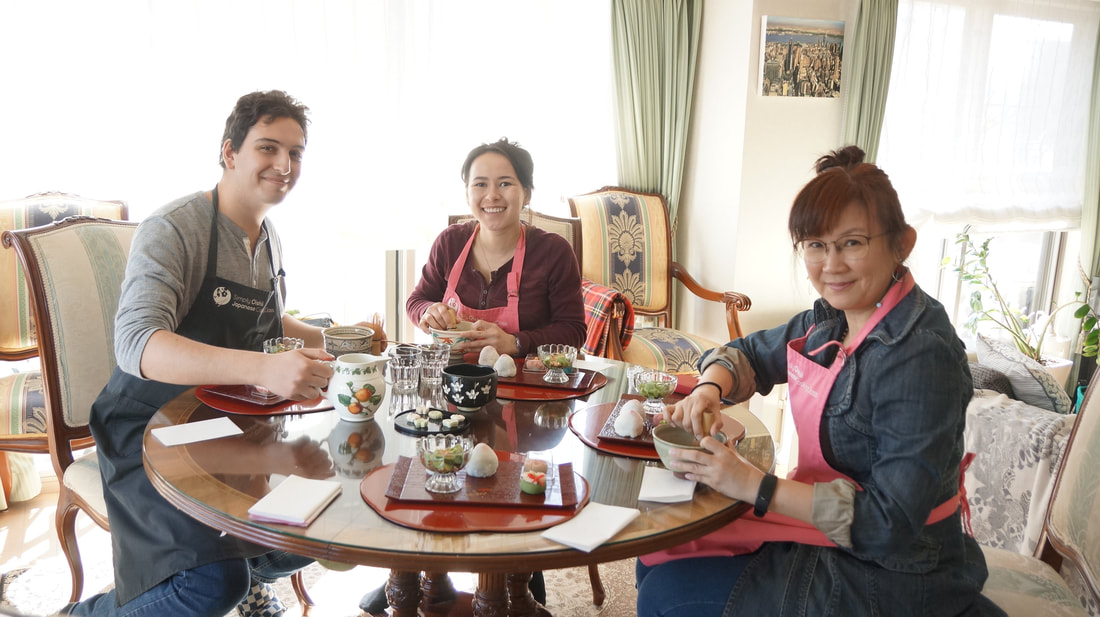
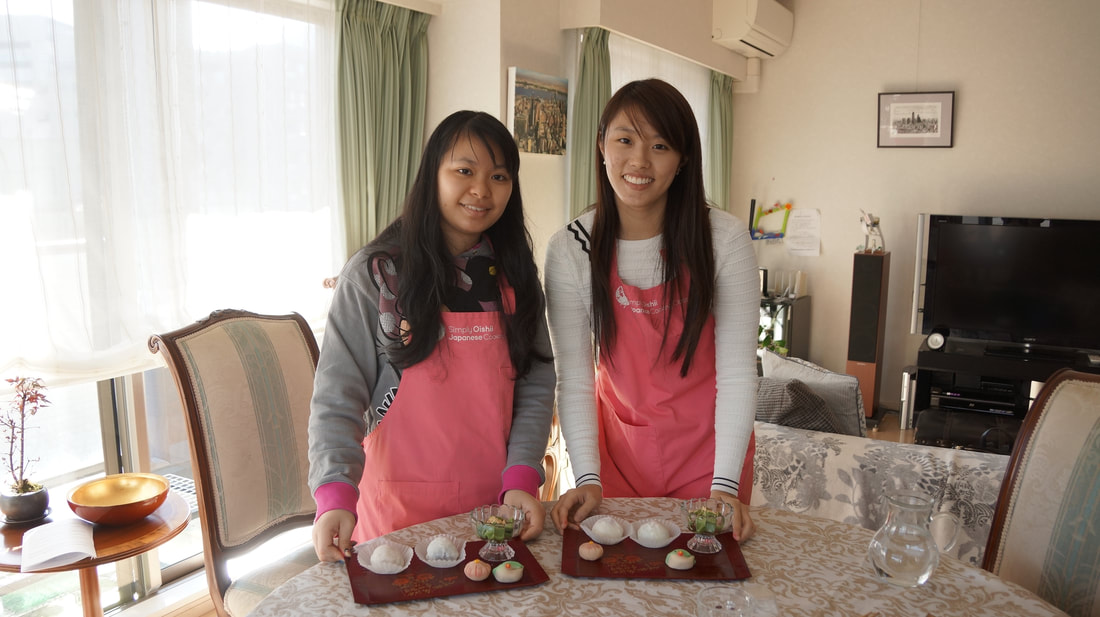
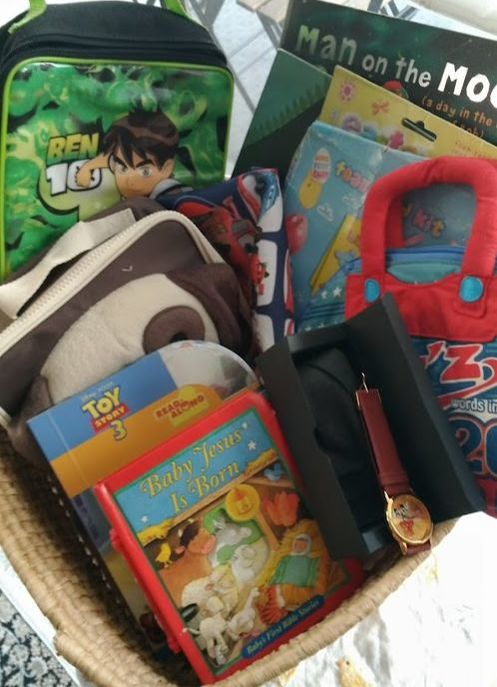
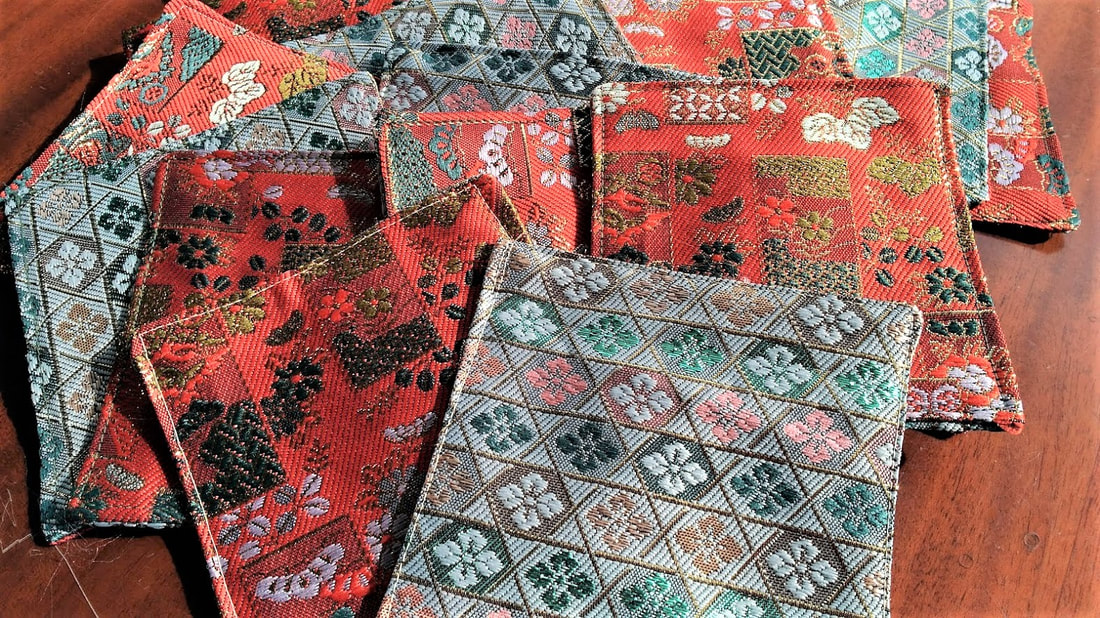
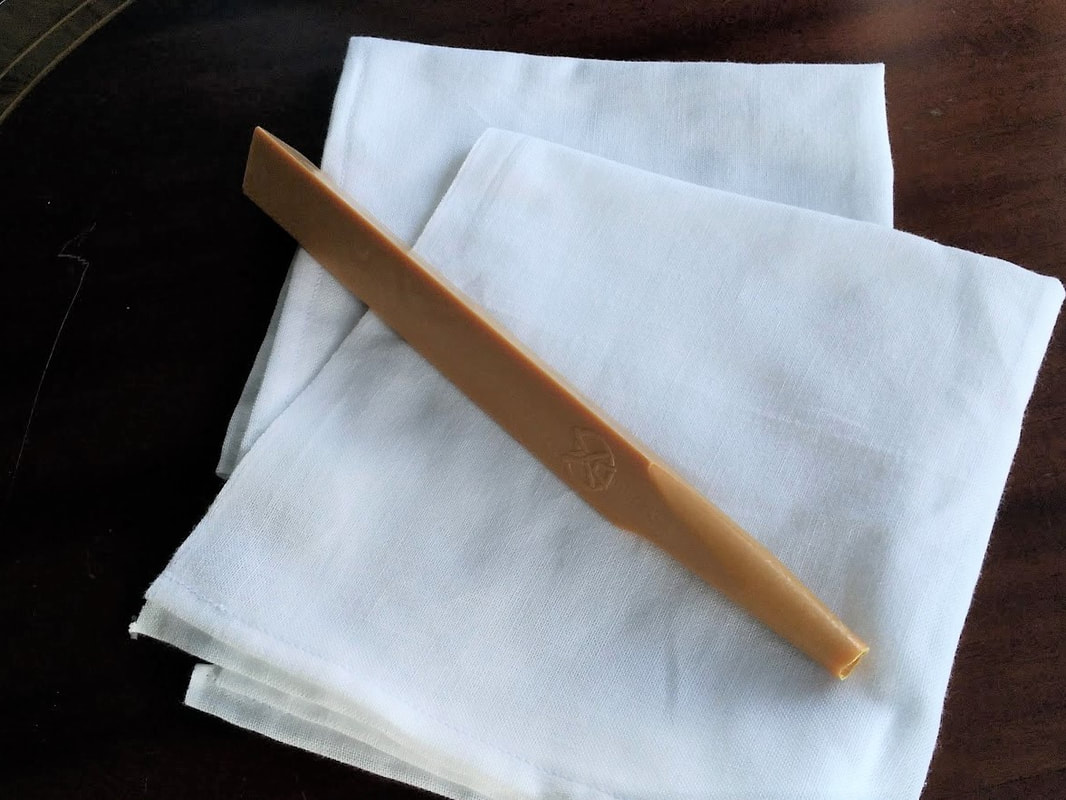

 RSS Feed
RSS Feed
